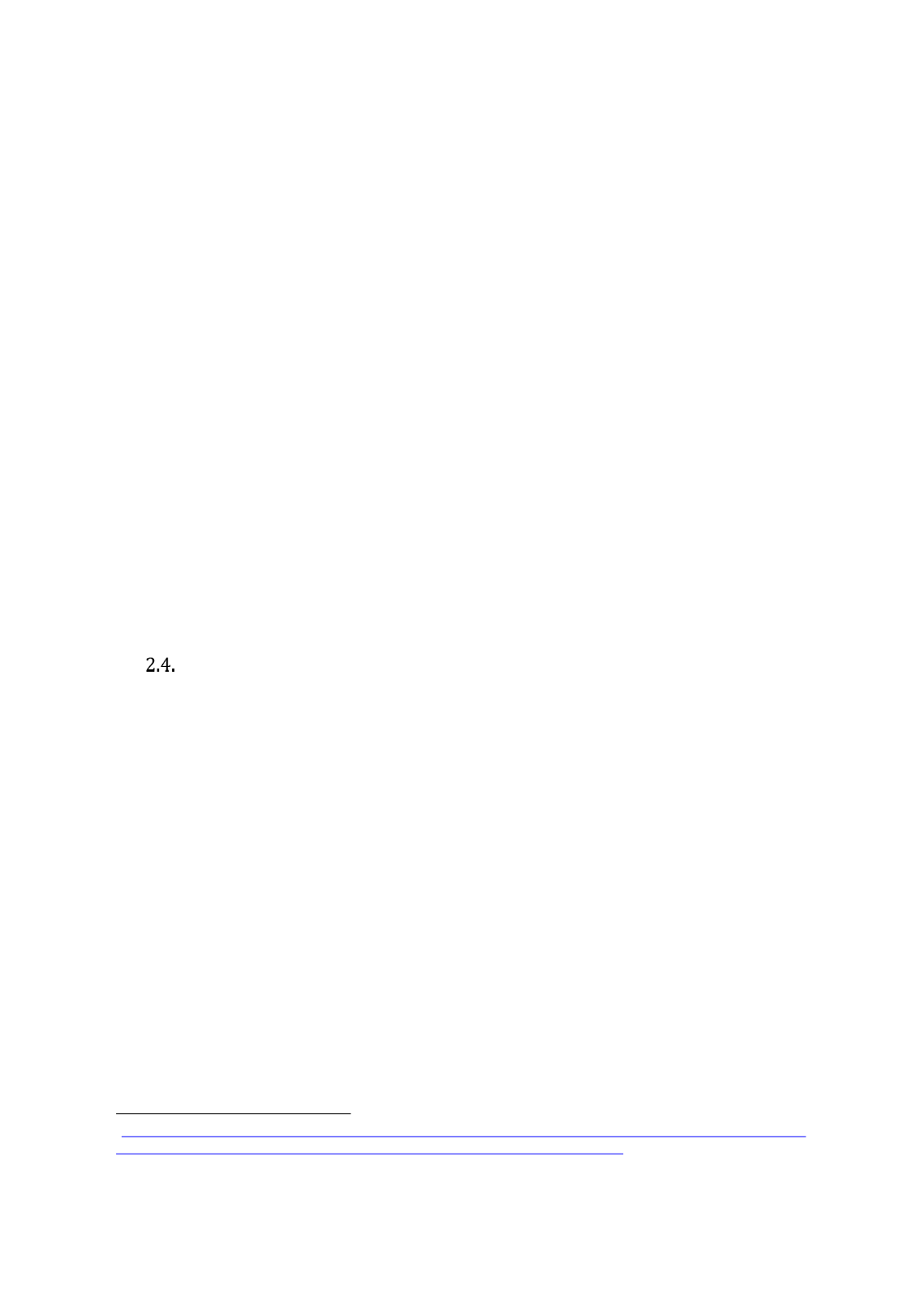

60
in gender disparities. However, in the cases of Nigeria and Pakistan, the progress is less than
satisfactory. Moreover, the 2010 Abuja framework for action and cooperation focused on
literacy for development. The 2012 New Delhi declaration expanded cooperation among
member countries in the area of Inclusive, Relevant Quality Education for All. Yet E-9 member
countries are well-known for very poor record in literacy and numeracy outcomes. Although
government literacy statistics show upward trend, these are based on self-reported response
and do not tally with independent assessment which test literacy skills. The impact of the E-9
initiative remains unclear as the learning crisis has apparently become more severe in member
OIC countries over the past two decades.
Nonetheless, in recent decades, many member states joined different regional forums and
international initiatives focused on the delivery of quality education. As pointed out already,
some participate in international assessments and reviews conducted by multilateral agencies.
For instance, the OECD report covers all 35 OECD countries and a number of partner countries
which also includes OIC countries such as Indonesia and Saudi Arabia (OECD 2017).
Following the launch of the MDG agenda, there has been a coordinated response to educational
development in OIC countries. One notable aspect of the MDGmovement is that it facilitated new
partnerships, galvanized public opinion and reshaped decision-making in developed and
developing countries including the OIC countries. All OIC countries have launched programs to
achieve the fourth goal of the SDGs proposed by the United Nations -- “Ensure inclusive and
equitable quality education and promote life-long learning opportunities for all. In post-MDG
era, there is now a consensus across OIC countries on building an education system that
contributes to economic growth and boosts productivity and innovation.
Conclusion
A worrisome trend is the lack of progress in improving education quality in OIC countries in the
last two decades. While assessments like TIMSS and PISA do not provide a full picture of a
country’s education system, the results are increasingly recognized as key diagnostics tool. For
instance, the “Sustainable Development Strategy: Egypt Vision 2030” document includes clear
goals such as becoming “one of the top 30 countries in the quality of basic education index” and
“one of the top 10 countries in the TIMMS assessment” by 2030.
9
Yet the performance of OIC
countries as a group in PISA and TIMSS does not suggest across the board long-term
improvements in education quality. If anything, the gap between OIC and participating non-OIC
countries have widened over time. In higher order competencies, there is also an absence of
improvement across wealth groups. Even when comparison is made among children in OIC and
OECD sample countries who are similar in terms of observed socio-economic, those from the
OIC lag behind by approximately 70 PISA points. The learning shortfall is greatest in case of
Qatar.
These findings are troubling because they relate to economically more advanced members of
the OIC from MENA, Central and South-East Asia. The relatively wealthier Arab countries (from
MENA) have a growing presence in international assessment facilitating in-depth, independent
investigation into the state of education quality. In contrast, 27 African member states of the
OIC, most of which are low-income countries, are under-represented in terms of data and
evidence on education quality. This is also true for OIC member states from South Asia such as
9 http://www.unosd.org/content/documents/1271Egypt_Dr.%20Nihal%20El%20Megharbel_Workshop%20o n%20National%20Development%20Strategies%20_FINAL_MQ_NM_27Oct15.pdf















